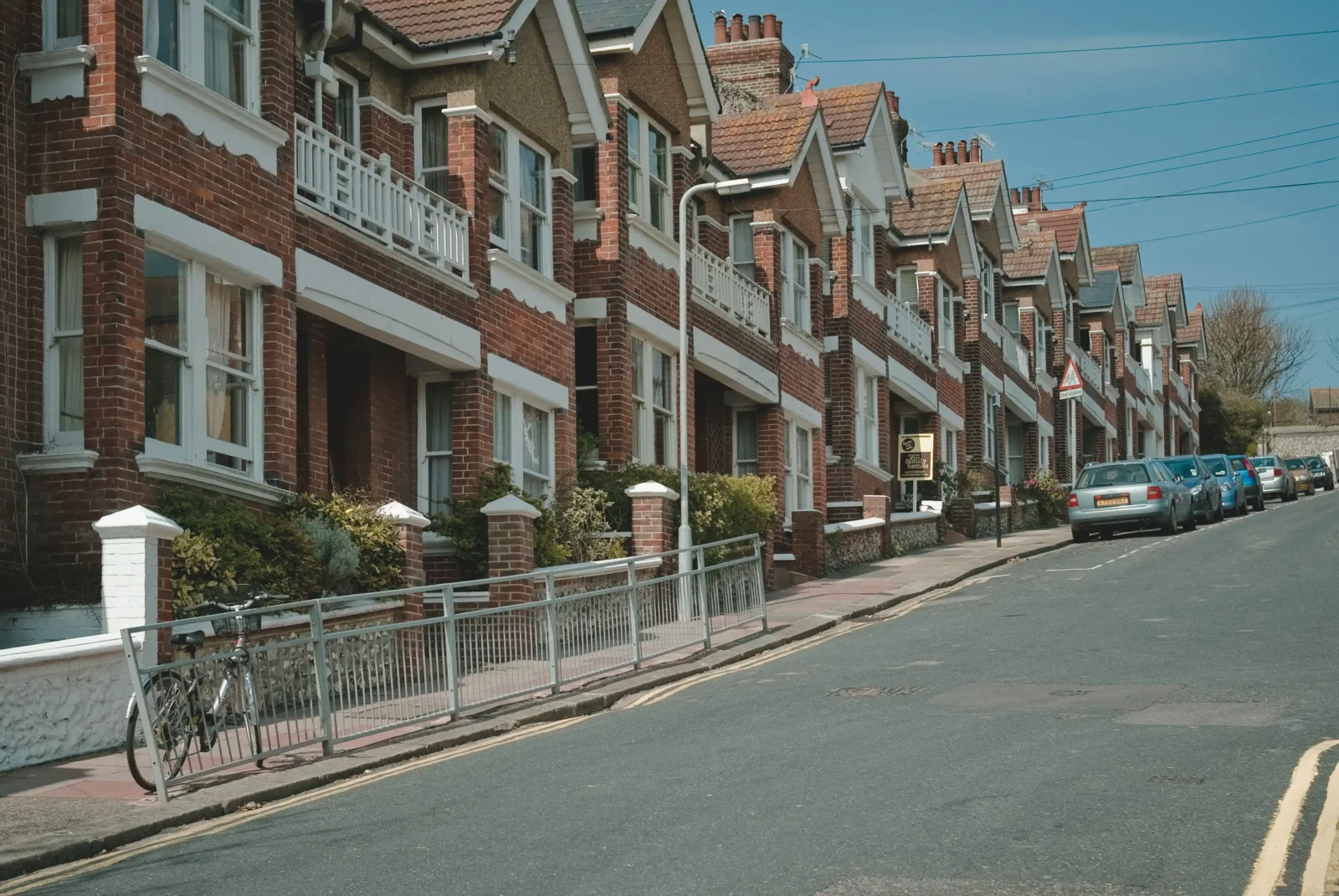- Home
- Articles
- Architectural Portfolio
- Architectral Presentation
- Inspirational Stories
- Architecture News
- Visualization
- BIM Industry
- Facade Design
- Parametric Design
- Career
- Landscape Architecture
- Construction
- Artificial Intelligence
- Sketching
- Design Softwares
- Diagrams
- Writing
- Architectural Tips
- Sustainability
- Courses
- Concept
- Technology
- History & Heritage
- Future of Architecture
- Guides & How-To
- Art & Culture
- Projects
- Interior Design
- Competitions
- Jobs
- Store
- Tools
- More
- Home
- Articles
- Architectural Portfolio
- Architectral Presentation
- Inspirational Stories
- Architecture News
- Visualization
- BIM Industry
- Facade Design
- Parametric Design
- Career
- Landscape Architecture
- Construction
- Artificial Intelligence
- Sketching
- Design Softwares
- Diagrams
- Writing
- Architectural Tips
- Sustainability
- Courses
- Concept
- Technology
- History & Heritage
- Future of Architecture
- Guides & How-To
- Art & Culture
- Projects
- Interior Design
- Competitions
- Jobs
- Store
- Tools
- More

Lighting plays a pivotal role in shaping the look and feel of a modern bathroom. For instance, it can enhance architectural details, elevate materials, and create a relaxing ambiance. Below, we explore essential architectural lighting tips for modern bathrooms. We discuss everything from how to layer different types of lighting to choosing the right fixtures for style and function.
Table of Contents
ToggleKey Architectural Lighting Strategies for a Modern Bathroom
Combining the right techniques and placements can transform a basic bathroom into a polished, functional retreat. Whether architectural lighting should be a DIY project or a custom bathroom remodeling job depends on the complexity of the design and your comfort with electrical work.
A DIY project may be manageable and cost-effective when replacing fixtures or adding basic plug-in lighting. However, architectural lighting often involves rewiring, recessed installations, and waterproof-rated fixtures, which requires professional expertise. As such, a custom remodel allows for precise placement, safe integration with existing electrical systems, and alignment with the overall design vision.
Thus, the following strategies focus on achieving balanced, efficient, visually appealing lighting through thoughtful architectural planning.

Prioritize Task Lighting for Practical Use
Task lighting is essential in areas where precision matters, particularly around the vanity and mirror. Poor lighting in these spots can cast shadows, making grooming tasks like shaving or applying makeup difficult.
To avoid this, consider placing sconces on either side of the mirror at eye level, which helps distribute light evenly across the face. Overhead lighting alone often creates unflattering shadows, so it should not be the sole source in these zones. Further, choose fixtures with a color temperature between 3000K and 4000K for a natural, flattering tone that mimics daylight.
Layer Ambient Lighting for Overall Illumination
Ambient lighting forms the base layer and ensures the space feels open and inviting. It fills areas that task or accent lighting may not reach, providing consistent brightness throughout the room. Ceiling-mounted fixtures, recessed downlights, or flush-mounted LED panels work can serve this purpose, especially when spaced evenly.
In addition, installing a dimmer switch allows you to adjust light levels according to the time of day or desired mood. As such, a well-lit bathroom should feel bright in the morning and calming in the evening.
Use Accent Lighting to Highlight Architectural Features
Accent lighting adds visual depth and draws attention to the design details. It can highlight textured tile walls, freestanding tubs, or built-in shelving to create a more luxurious, spa-like atmosphere.

Therefore, LED strip lights installed under floating vanities or behind mirrors offer a soft, diffused glow that enhances dimension without overpowering the space. In addition, cove lighting near the ceiling can produce a sophisticated effect by subtly illuminating architectural lines. It allows you to emphasize specific elements.
Choose Fixtures That Complement Modern Design
In a modern bathroom, the lighting fixtures should support the overall design without overwhelming it. Consequently, look for sleek, streamlined silhouettes in materials like matte black, brushed nickel, or chrome to maintain a minimalist aesthetic. However, avoid overly ornate or bulky options that may disrupt the room’s clean lines. Integrated LED fixtures and geometric forms often align well with contemporary styles and offer long-term energy savings.
Optimize Natural Light Without Sacrificing Privacy
If your bathroom includes windows or skylights, you can position mirrors or light-colored surfaces to reflect daylight into the room. To preserve privacy without blocking light, consider frosted glass, top-down window treatments, or textured films that diffuse visibility while allowing illumination to pass through.
Consider Safety and IP-rated Fixtures
Bathrooms are high-moisture environments, so selecting fixtures with the appropriate Ingress Protection (IP) ratings is critical for safety and durability. Fixtures placed near showers, tubs, or sinks should be rated for those locations to prevent electrical hazards and corrosion. For instance, an IP44-rated light is suitable for most splash zones, while areas directly exposed to water may require IP65 or higher.
Integrate Smart Lighting Controls
Smart lighting systems add a new layer of convenience and efficiency to bathroom design. For instance, motion-activated lights are practical for nighttime use, providing instant illumination without reaching for a switch. Further, dimmers and scheduling tools allow you to customize lighting intensity based on your routine or the time of day.

You can also opt for voice-controlled and app-based systems for more flexibility, making it easy to adjust settings without interrupting your activities. These controls also help reduce energy consumption over time by tailoring light use to actual needs.
Conclusion
Architectural lighting plays a defining role in shaping the style and function of a modern bathroom. When thoughtfully planned, lighting can enhance daily routines while highlighting the room’s most striking features.
For instance, task lighting beside the mirror ensures shadow-free clarity during grooming, while recessed ambient lighting keeps the entire space evenly lit without overwhelming it. You can also introduce smart controls and dimmers to adjust lighting based on the time of day or mood. When you combine these strategies, you transform a utilitarian room into a refined, functional retreat.
illustrarch is your daily dose of architecture. Leading community designed for all lovers of illustration and #drawing.
Submit your architectural projects
Follow these steps for submission your project. Submission FormLatest Posts
Online 3D Terrain Mapping Tools for Urban and Landscape Design in 2025
A curated guide to the best online 3D terrain mapping tools in...
10 Interesting Facts About Zaha Hadid
Zaha Hadid was a visionary architect whose fluid forms, bold experimentation, and...
Common Emergency Repairs Every Homeowner Should Be Ready For
For most of us, when something goes wrong, we have a propensity...
Designing, Retrofitting, and Valuing Non-Standard Homes in Britain
Britain’s housing stock carries a quiet contradiction. From the street, many homes...












Leave a comment